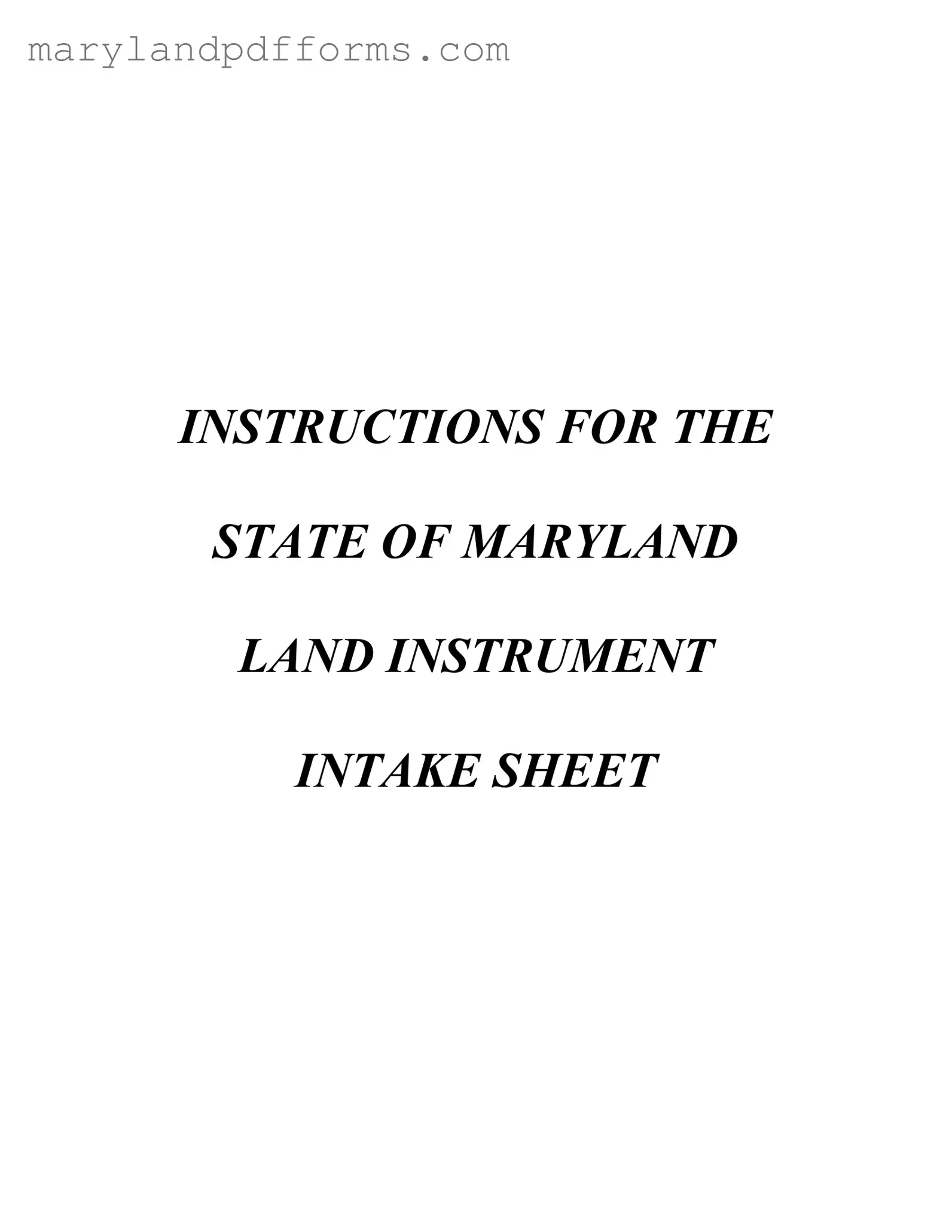1. The Intake Sheet is optional for all transactions. This is incorrect. The Intake Sheet is mandatory for every land instrument submitted for recordation, except for certain specified exceptions.
2. Only one copy of the Intake Sheet is needed. This misconception could lead to issues. Four copies are required: the white, canary, and pink copies go to the clerk’s office, SDAT, and local finance offices, while the goldenrod copy is retained by the preparer.
3. The Intake Sheet can be filled out in any color ink. This is false. All information must be printed or typed in black ink only for clarity and consistency.
4. You can submit multiple transactions on one Intake Sheet. This is misleading. Only one Intake Sheet should be completed for each transaction involving the same property. If there are multiple instruments, an Addendum must be used.
5. The property description section is optional for all instruments. This is not true. For deeds, the property description section must be completed to allow SDAT to process the transfer accurately.
6. You can submit the Intake Sheet without the original instrument. This is incorrect. A photocopy of the instrument, along with the original, must accompany the Intake Sheet when submitted to SDAT.
7. The Intake Sheet can be filled out in any format. This is misleading. The form must be filled out according to specific instructions, including the sequence of instruments and types of conveyance.
8. There are no limits on the property description length. This is false. The description is limited to a maximum of 40 characters for indexing purposes.
9. You do not need to provide tax exemption details. This is misleading. If applicable, each claimed exemption for taxes must be listed and briefly explained on the Intake Sheet.
10. The Intake Sheet can be submitted without calculations for fees and taxes. This is incorrect. Accurate calculations for recording charges, taxes, and fees must be itemized on the form to avoid rejections.
